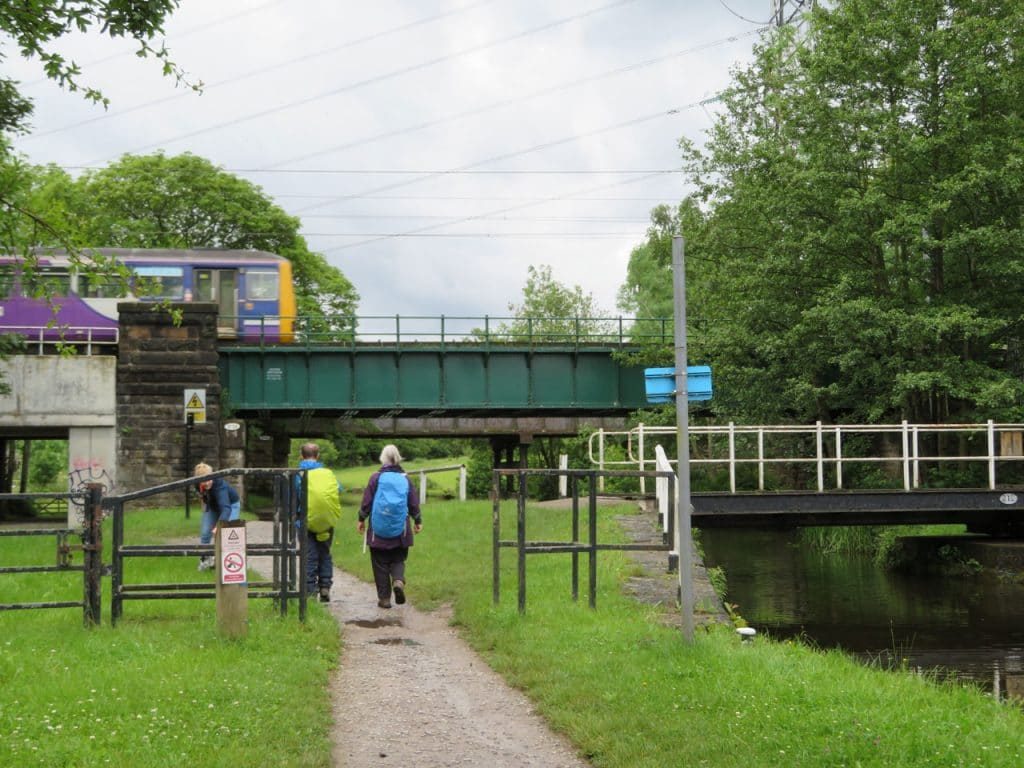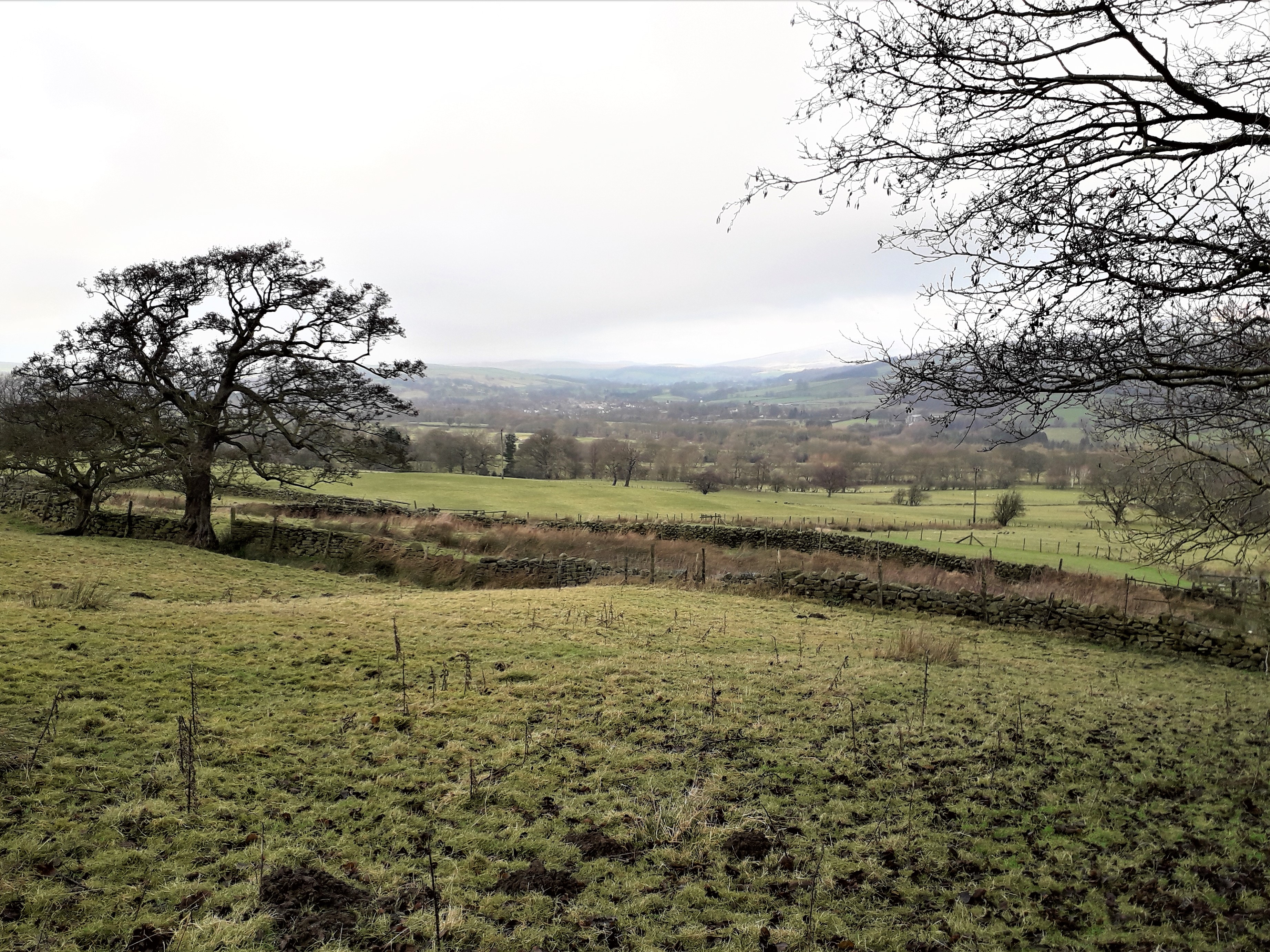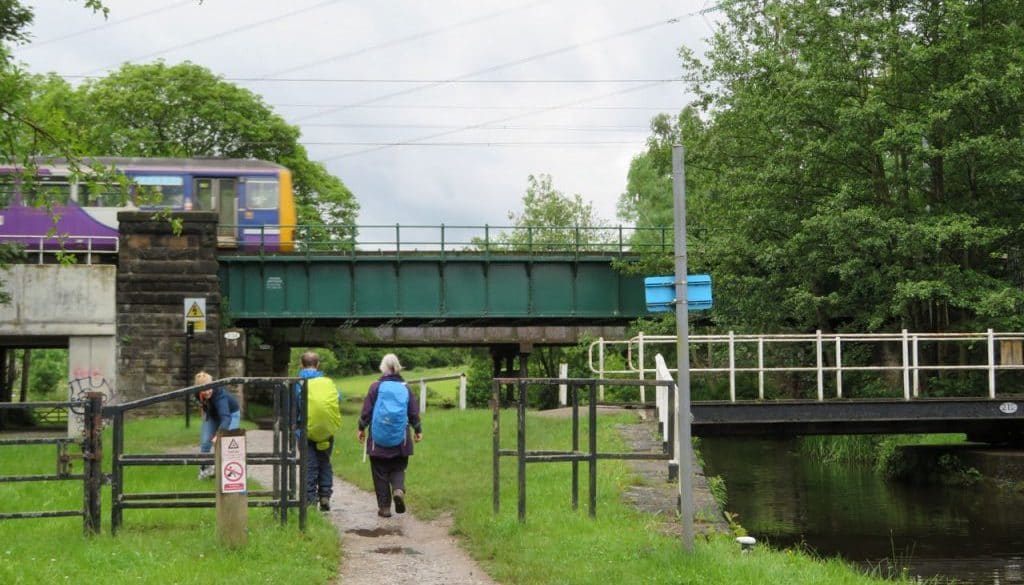Better Places To Live

CPRE has been a longstanding advocate for quality over quantity when it comes to how places are developed. While the government remains fixated on increasing the speed of new development – and the speed of the planning system in making decisions – there is always a huge risk that quality will suffer.
The recent Housing Design Audit, produced in partnership between CPRE and a wide range of other groups, shows that a worryingly large proportion of all new housing built in the past decade simply isn’t good enough.
- Is it getting easier to reach local facilities and green spaces within a safe, pleasant walk of home?
- Are the CO2 emissions associated with that place reducing?
- Is more space being made for nature?
- Is the design quality of development improving?
- Is it possible for people on low incomes to have a decent home, and access employment without needing a car?
- Is the scope for children to play and explore safely improving?
- Is the place coping better with extreme weather events like storms, floods and heatwaves better than in the past?

We have been following the progress of a hybrid planning application at Esholt Water Treatment Works (where the River Aire runs to the north-east of Shipley).
We have been using this application to unpick some of the issues around Green Belt Development, what ‘Sustainable Development’ actually means, how community groups can influence change and how to plan for the future.
We hope this will help people explore some of the themes around ‘better places to live’. Have a read, and let us know what you think!
Esholt Planning Case Study







